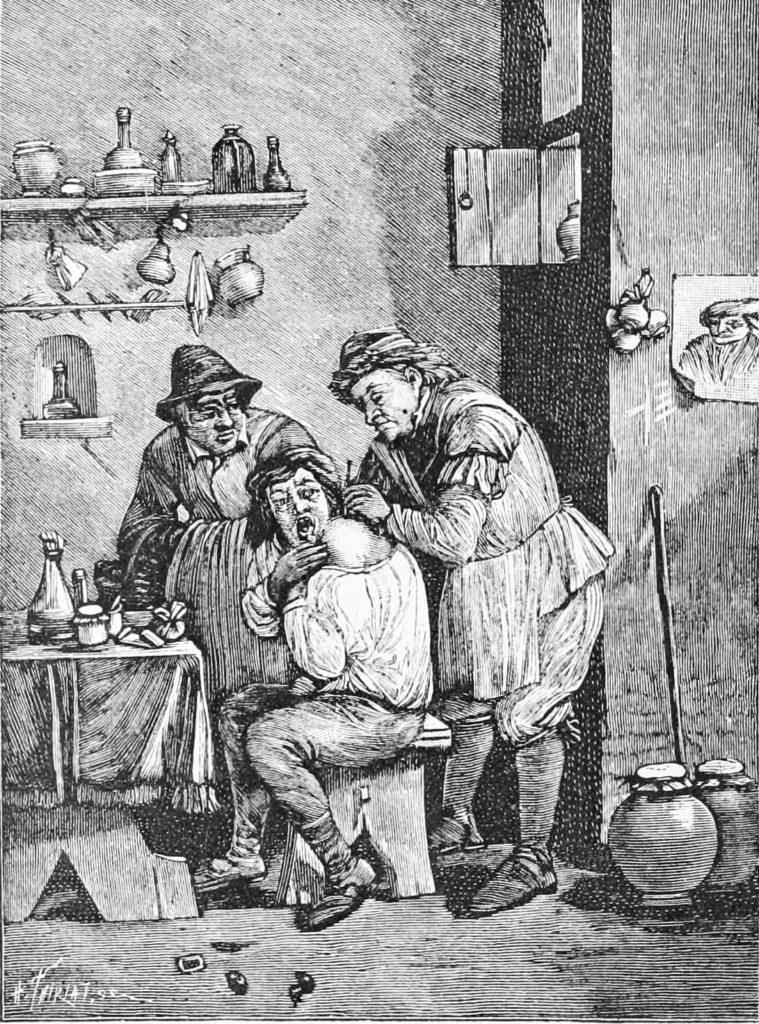John Irving ( C1750-1795)
JOHN Irving became a top surgeon, thanks to a transgression made while living in Grantham.
It was in September 1783 when he was accused of stealing a silver cup from Grantham widow Frances Clark.
He was found guilty of larceny at Lincoln on 6 March 1784 and sentenced to transportation to Australia for seven years.
While in the hulks on the Thames his surgical training was mentioned to Superintendent Duncan Campbell by one of the visiting surgeons, Dr Erskine.
Campbell commended Irving to Under-Secretary Nepean who seems to have directed that he be employed professionally on the transports.
He embarked on the Scarborough, but was transferred to the Lady Penrhyn in March 1787 as surgeon’s mate and apparently acted in this capacity until the following month when Surgeon Altree returned from sick leave.
There is no conclusive evidence that he assisted the surgeons on the voyage, but on landing at Sydney Cove, he was employed immediately as an assistant at the hospital.
During the next two years the surgeons found him such ‘a very useful man’ that in February 1790 Governor Arthur Phillip emancipated him in recognition of his ‘unremitting good Conduct and meritorious Behaviour’, and directed him to proceed to Norfolk Island in HMS Sirius as assistant to Surgeon Dennis Considen.
Lieutenant Ralph Clark rejoiced in the knowledge that Irving was on board because he was ‘the best Surgeon amongst them’.
Chronicler Watkin Tench, who reacted against the view that the convict settlement was bound to be a sink of infamy, accepted Irving’s emancipation, the first granted at Sydney Cove, as a pleasing proof ‘that universal depravity did not prevail’.
On his return to Sydney towards the end of 1791 Irving was posted to Parramatta to assist Surgeon Thomas Arndell.
He was granted thirty acres (12 ha) of land on 22 February 1792 on the north side of the creek leading to Parramatta, between the grants made to Philip Schaffer and Robert Webb, and by 16 October he had nine acres (3.6 ha) under maize and two ready for planting.
Of his professional work, which became increasingly heavy, a few specific records have been preserved.
His deposition on the post-mortem of Simon Burn and his evidence at the trial of John Hill for Burn’s murder showed his skill in stating matters simply, clearly and convincingly. Irving died at Parramatta on 3 September 1795 and was buried in St John’s cemetery.
No stone marks his grave but one of Parramatta’s streets bears his name.





Leave a Reply
You must be logged in to post a comment.